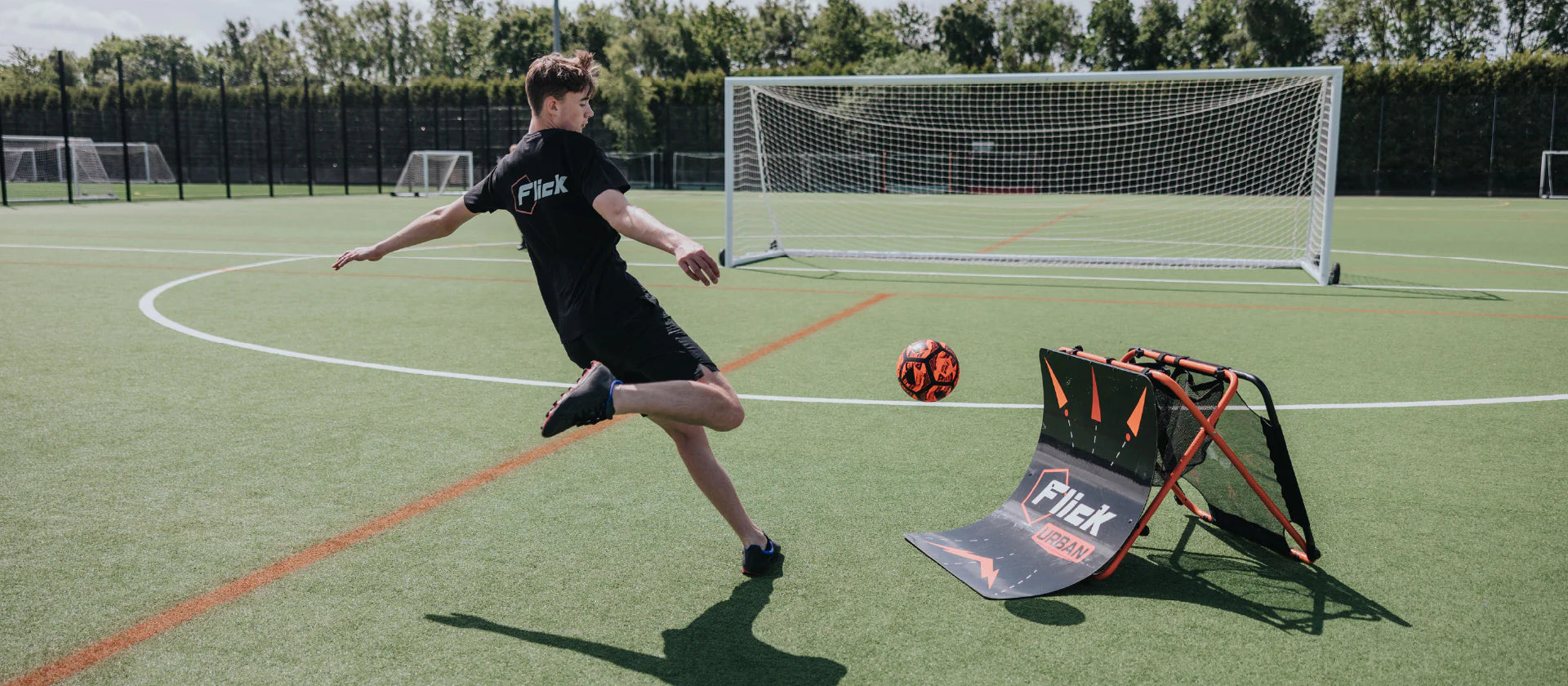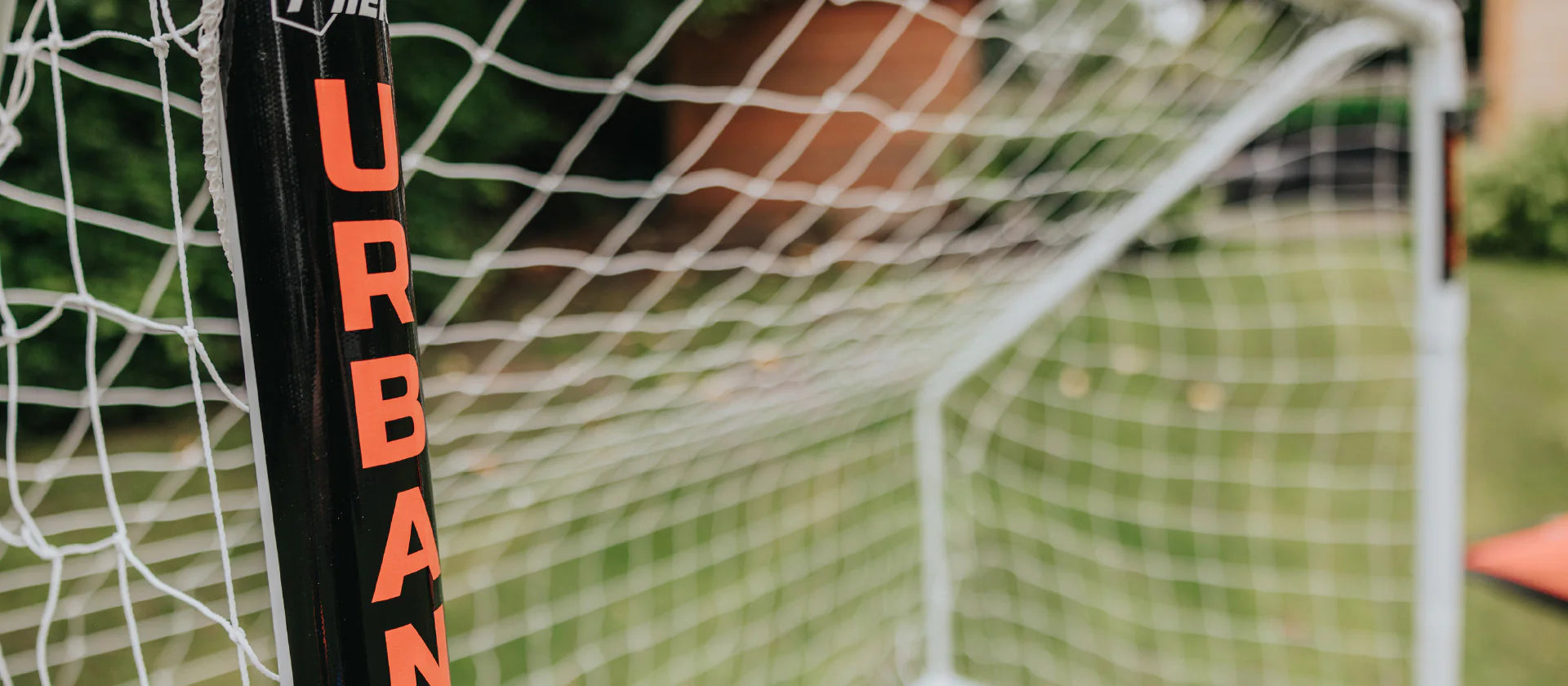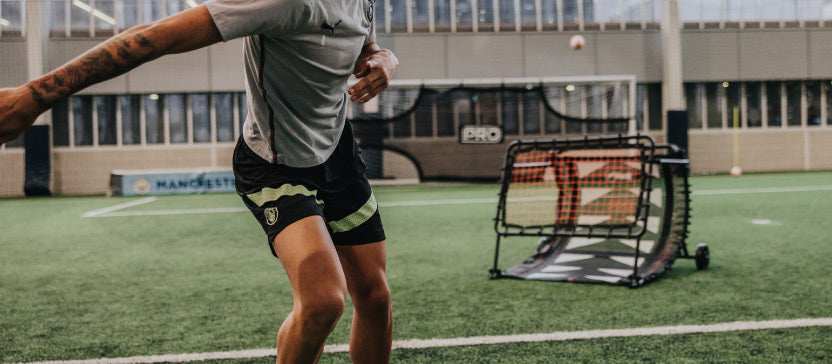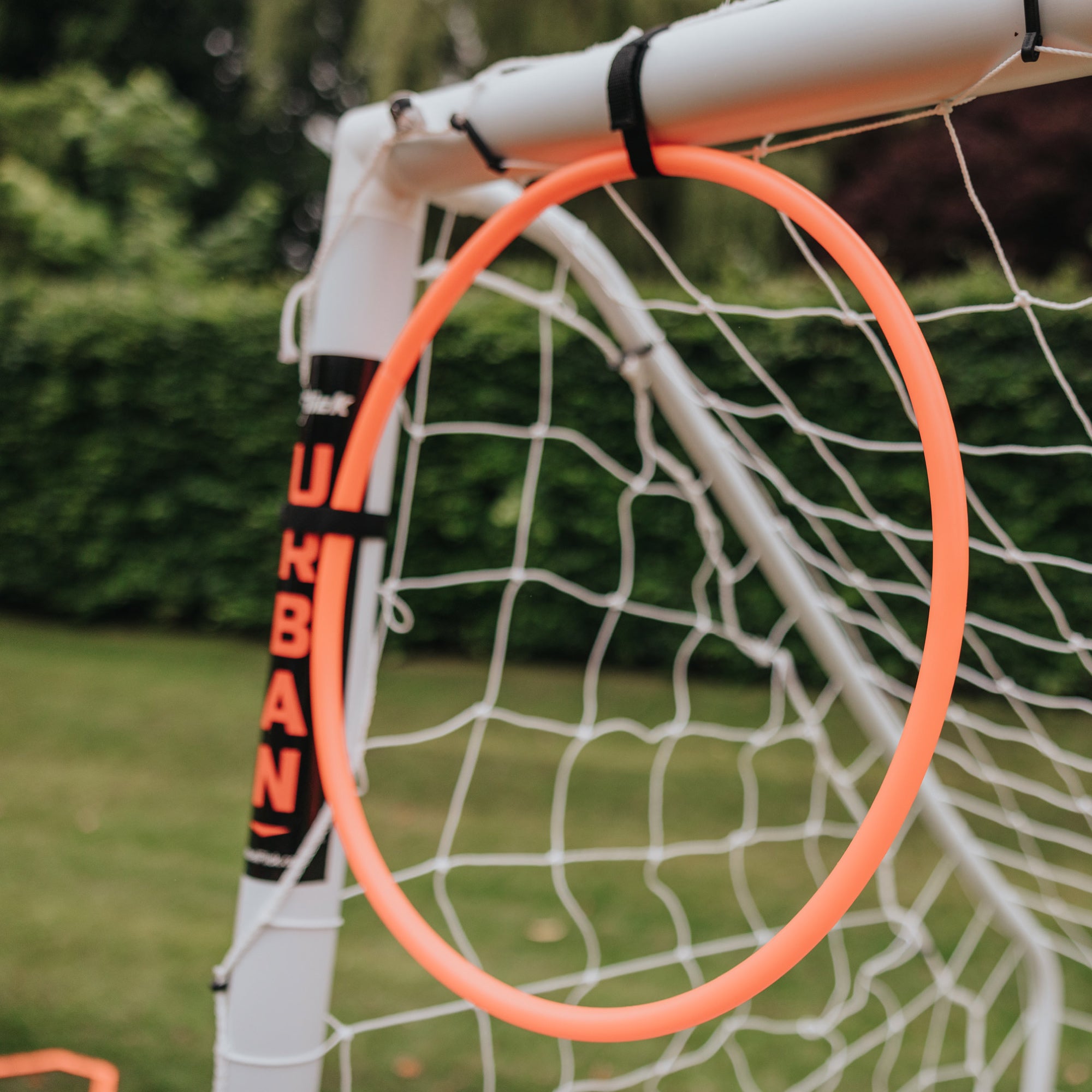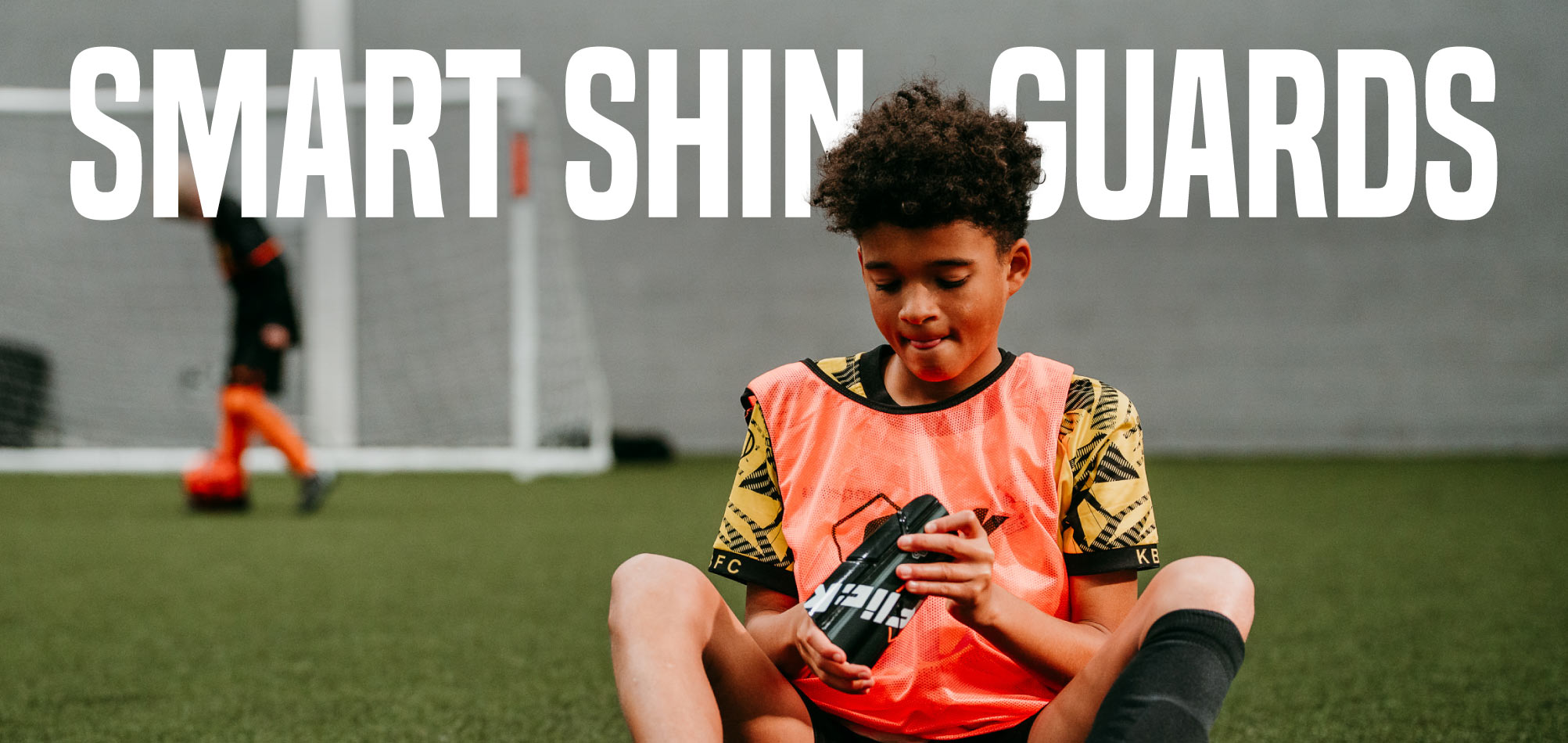In the beautiful game of football (or soccer, depending on where you are), certain drills and exercises are not only foundational but also iconic. One such exercise is the "Rondo." For those familiar with football training routines, a Rondo is almost a daily ritual, a drill that is as much about fun as it is about finesse and function. But what exactly is a Rondo, and why is it so revered in the footballing world? In this blog post, we’ll dive deep into the intricacies of the Rondo, exploring its purpose, benefits, and the art of executing it to perfection.
What is a Rondo?
At its core, a Rondo is a possession-based drill used to develop a range of skills essential for the game. The basic setup involves a small circle or rectangle where a group of players (the passers) aim to keep the ball away from one or more players in the middle (the defenders). The goal for the passers is to maintain possession by passing the ball quickly and accurately, while the defenders try to intercept or tackle the ball.
Key Elements of a Rondo
- Players: Typically, a Rondo involves 5-10 passers and 1-3 defenders. The number of players can vary depending on the desired complexity and training objective.
- Space: The drill is conducted in a confined space, such as a small grid marked out with cones, which forces players to be precise with their movements and decisions.
- Objective: The main goal for the passers is to keep possession of the ball and make consecutive passes. For the defenders, The aim is to win the ball back by intercepting a pass or forcing an error.
The Art of the Rondo
Executing a Rondo isn't just about kicking the ball around. It requires a blend of technical skills, tactical awareness, and mental sharpness. Here’s what makes a Rondo more than just a simple passing exercise:
1. Quick Decision-Making
Players need to think quickly and anticipate the movements of both their teammates and the defenders. This fast-paced environment enhances a player's ability to make split-second decisions, which is crucial during a real match.
2. Technical Precision
A Rondo emphasizes clean, accurate passing and first-touch control. Players must be able to receive and pass the ball under pressure without losing possession, a skill that directly translates to game situations.
3. Spatial Awareness
Participants must constantly be aware of the positioning of the ball, their teammates, and the defenders. This spatial awareness helps players find and exploit gaps in the defense, a critical component in breaking down opposition during a match.
4. Communication
Verbal and non-verbal communication is key. Players often use gestures or call out to indicate where they want the ball, fostering a sense of teamwork and understanding.
5. Physical Fitness
Although a Rondo is primarily a technical drill, it also helps improve players' fitness levels, particularly their agility and stamina. The constant movement and change of direction help build endurance and quick reflexes.
Benefits of Rondo Drills
Rondos are not just about keeping the ball away from the defenders. They offer numerous benefits that can elevate a player’s game:
- Improved Ball Control: Regular practice of Rondos helps players become more comfortable with the ball at their feet, enhancing their ability to control and manipulate it in tight spaces.
- Enhanced Passing Accuracy: By focusing on quick and precise passing, players develop better passing accuracy and timing, which is essential for maintaining possession in competitive matches.
- Better Defensive Skills: Defenders in a Rondo learn to anticipate passes, improve their positioning, and develop a knack for intercepting the ball, all of which are critical defensive skills.
- Tactical Intelligence: Rondos help players understand the importance of positioning, movement, and decision-making, contributing to their overall tactical intelligence on the field.
- Team Cohesion: By encouraging constant communication and collaboration, Rondos help build team cohesion and a sense of unity among players.
Variations of the Rondo
While the basic Rondo is simple, there are countless variations that can be used to target specific skills or increase the difficulty level:
- One-Touch Rondo: Players are only allowed to touch the ball once before passing it, which increases the pace and difficulty of the drill.
- Two-Touch Rondo: This variation allows players to take two touches, making it slightly easier but still challenging in terms of speed and control.
- Dynamic Rondo: Players must continuously move around within the grid, making the drill more realistic and reflective of actual game scenarios.
- Positional Rondo: Players are assigned specific positions and must stay in those positions, focusing on their roles and responsibilities on the field.
The Rondo is more than just a training drill; it’s a microcosm of the game itself. It embodies the essence of football – skill, strategy, teamwork, and a touch of flair. Whether you're a seasoned professional or a budding young player, incorporating Rondos into your training can help you develop a deeper understanding of the game and elevate your performance on the pitch. So, the next time you see players engaging in this seemingly simple drill, remember that they are honing the very skills that define the beautiful game.
If you’re inspired to take your game to the next level, why not incorporate some Rondo drills into your training routine? Share your experiences with us in the comments below and let’s keep the conversation going about the art and science of football training.
